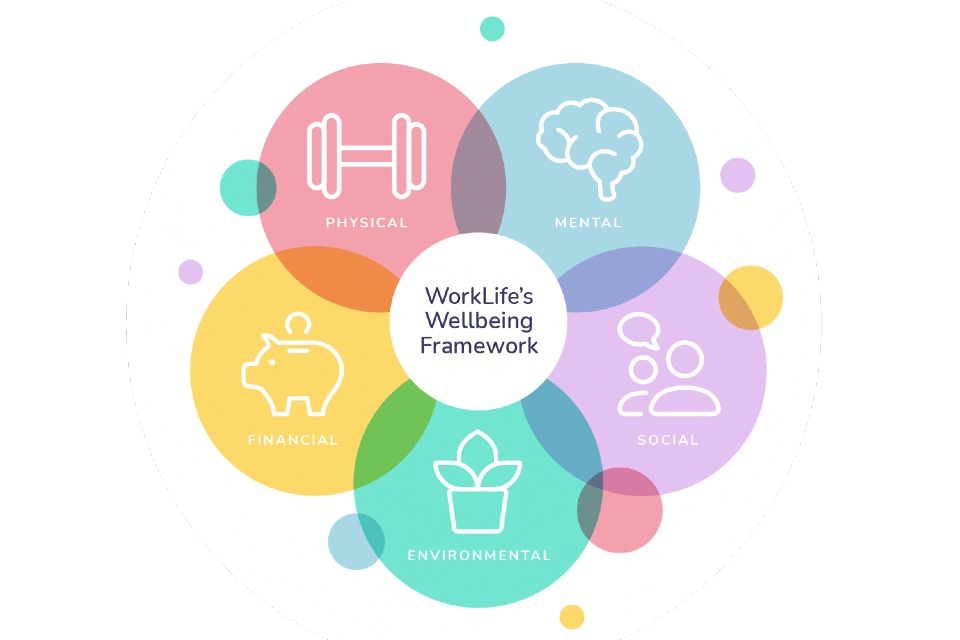Staffing shortages around the UK have put recruitment and retention into sharp focus for many firms in recent months. In fact, our own research into the SME sector recently revealed that some 17% of smaller businesses see attracting and retaining high-quality talent as a major hurdle to their business right now [1].
Against this backdrop, it’s unsurprising that many companies are looking to their benefits and wellbeing strategy as a means of offsetting some of these challenges. But the same key question keeps cropping up – how can a business practically use a strategy to connect more closely with staff and strengthen loyalty with the organisation?
The first thing to remember is that any strategy should be considered a moving proposition – implementation is merely the tip of the iceberg. In the same way that every firm must provide a salary and can offer a higher rate to set themselves apart from the competition, the goal posts are always moving when it comes to wellbeing support. This means that those who want to recruit and retain the best talent need to stay one step ahead.
There are three key ways to do this.
- Talk to your employees
At a base level, every firm’s wellbeing strategy should include a range of benefits that address the five key pillars of an employee’s wellbeing – financial, mental, physical, social and environmental. But it doesn’t end there. The next step is to add additional layers of support in those areas your employees would benefit from greater resource.
It’s been a tumultuous two years for a lot of people, so sit down with each employee to discuss any issues they might be facing, plus how their needs might have changed. Have they had a child recently and potentially welcome childcare vouchers for example, or would they benefit from some financial advice if the pandemic took its toll on their personal finances?
Gone are the days that employees are happy to simply be handed a cash bonus; quite rightly they want to feel an element of care and know that their hard work and loyalty is valued. Taking the time to understand people’s challenges is the first step to building a genuine connection with employees – and ensuring all solutions implemented will make a positive difference to their lives.
- Communication is king
It often goes that employees are informed about workplace benefits and support during their induction then never hear of them again.
There’s little point in investing in a wellbeing proposition if you’re not telling people about it, so be sure to promote what’s available and seek feedback on what people do and don’t find beneficial. This is essential to ensuring maximum value on both sides.
Regular mailers, surveys and features in company newsletters are all great ways of opening the lines of communication. If you really want to maximise engagement and feedback though, you could incorporate having quarterly conversations around the wellbeing proposition into line managers’ KPIs.
If you start to notice trends on what people value or are using the most, then act on it. Being able to show your employees that you’ve listened to their feedback and made changes as a result can be extremely powerful.
- Diversify benefits
Lastly, don’t look at your workforce as one group of people when deciding what support to include in your strategy. Each individual employee will be of a different age, gender and background, and facing their own specific challenges.
New initiatives are constantly coming to market to help people through specific milestones in their lives – mortgage advice for first-time buyers and menopause support are just two examples. Check in with your benefits provider to see what other new features your workers might benefit from.
If you want to further drive engagement, then consider tailoring communications around specific benefits to particular employees. For example, promoting financial wellbeing benefits to younger employees who have only recently joined the business and might be budgeting for the first time. An employee will be far more likely to stick around at a business that shows they have invested time and money in putting benefits in place that will support them at every stage of their working life.
Of course, every organisation’s wellbeing strategy will differ depending on the specific nature and needs of their workforce, and what suits one firm might not another. Following these three steps will provide a strong starting point for fostering a closer relationship with existing staff that could not only encourage them to stay and strive to support the company, but also inspire new talent to want to join a successful and caring business.
WorkLife by OpenMoney is a benefits platform designed to support employees in every aspect of their wellbeing.
At WorkLife we believe that a person’s wellbeing is made up of five crucial facets; physical, mental, financial, social and environmental. We like to call them the Five Pillars of Wellbeing. That’s why we have created a suite of benefits centred around the five core pillars with wellbeing at the heart. When it comes to designing an effective wellbeing strategy, we encourage all businesses to ensure a benefits package addresses the five key pillars of an employee’s wellbeing.
If you would like to discuss how we can support your business with an effective employee wellbeing strategy, get in touch with us here or visit our website.
[1] WorkLife Small Business Monitor 2021: https://www.worklifebenefits.uk/









